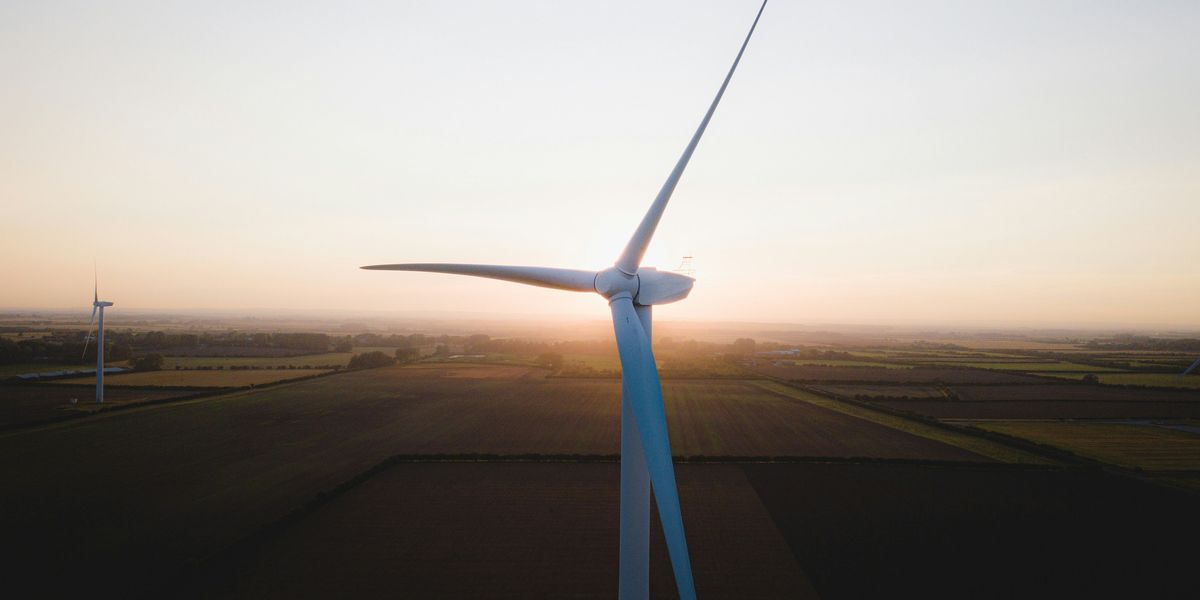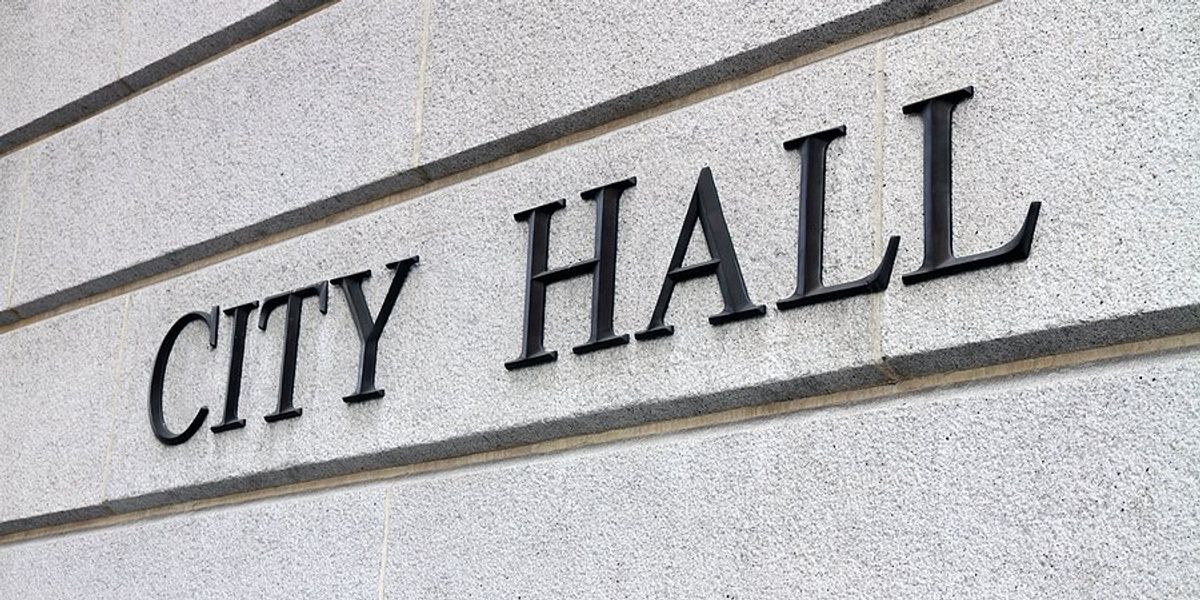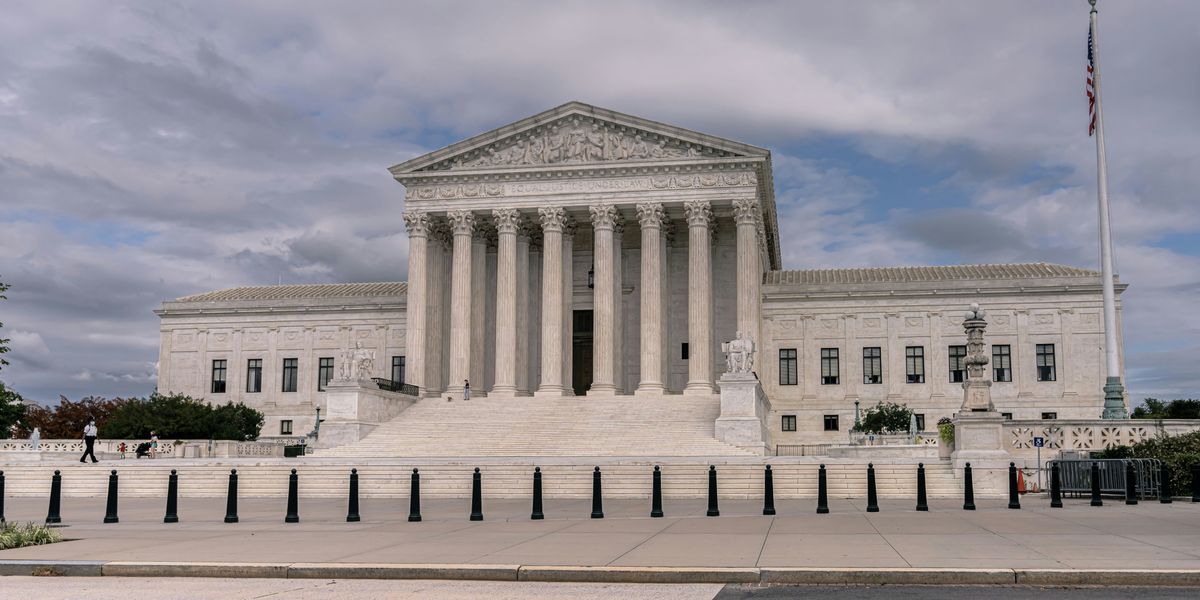toxics
How a model for climate relocation fell apart in Alaska
A federally backed effort to move an Alaskan village sinking into the tundra was supposed to be a national model, but the result is a blueprint for how not to do climate relocation.
Emily Schwing reports for ProPublica, KYUK, and The Washington Post.
In short:
- Nearly 300 residents of Newtok, Alaska, relocated to Mertarvik to escape thawing permafrost, but the new homes are falling apart — lacking insulation, plumbing, or electricity — and raising health concerns.
- An investigation reveals federal agencies failed to provide long-term support, leaving the small tribal council overwhelmed and reliant on flawed contractors and disjointed funding.
- Despite $150 million in federal funds, the relocation program lacks safe housing, reliable power, and running water, raising national questions about how the U.S. manages climate displacement.
Key quote:
“We’re physically seeing the impacts of a changing climate on these communities. And the fact that we don’t have a government framework for dealing with these issues is not just an Alaska problem, it’s a national problem.”
— Don Antrobus, climate adaptation consultant, Alaska Native Tribal Health Consortium
Why this matters:
Climate displacement is coming, not just to Alaska but to coastlines, floodplains, and fire-prone towns across the U.S. But if one of the first federally supported climate relocations collapsed under bureaucracy and bad construction, how will the rest survive? What happened in Newtok makes one thing clear: The U.S. is not ready. Not even close.
Read more: People need shelter from climate change — their health hangs in the balance
How a firestorm in LA sparked a coast-to-coast science mission to track toxic exposure
In the wake of LA’s devastating wildfires, scientists from across the country launched a sweeping real-time health study to track lingering toxic pollutants in homes that never burned.
In short:
- A cross-university team formed the LA Fire Health Study Consortium to study long-term toxic exposure — like PFAS, microplastics, volatile organic compounds (VOCs), and heavy metals — in areas downwind of the January wildfires.
- While the U.S. Army Corps of Engineers declined to test soil, researchers filled the gap by collecting air, water, and soil samples from 50 unburned homes, some of which still showed dangerous levels of contaminants.
- Preliminary data revealed indoor air pollution and VOCs remained elevated weeks after fires, prompting public health recommendations for filtration and long-term monitoring.
Key quote:
“People deserve to know what they are being exposed to, and I have the tools to help them find out.”
— Emma Landskroner, Ph.D. candidate at UCLA Fielding School of Public Health
Why this matters:
Toxic exposure doesn’t end when the flames go out; families returning to seemingly undamaged homes may still face serious health risks. Wildfire smoke creeps into bedrooms, clings to toys and personal effects, and enters our lungs. With the Army Corps of Engineers stepping back from soil testing, it’s scientists, not officials, doing the work to understand what people are breathing in and what long-term exposure could mean for our health.
U.S. Supreme Court allows Arizona copper mine on Apache sacred land to move forward
The U.S. Supreme Court has refused to hear an appeal from Apache Stronghold, clearing the way for a land swap that would allow a massive copper mine on a site in Arizona sacred to Apache tribes.
In short:
- The high court’s decision lets stand a lower court ruling allowing the transfer of Oak Flat in the Tonto National Forest to Resolution Copper, a subsidiary of Rio Tinto and BHP.
- Apache Stronghold argued the transfer violates religious freedoms and threatens a sacred site central to Apache ceremonies and beliefs, but the court rejected their plea.
- Justice Neil Gorsuch dissented, warning that the ruling ends decades of government protection of Oak Flat and clears the way for its destruction.
Key quote:
“Recognizing Oak Flat’s significance, the government has long protected both the land and the Apaches’ access to it. No more. Now, the government and a mining conglomerate want to turn Oak Flat into a massive hole in the ground.”
— Justice Neil Gorsuch
Why this matters:
Oak Flat, with its oak groves and medicinal plants, holds spiritual and cultural significance for Apache peoples. The copper mine proposed by Resolution Copper threatens to permanently alter the landscape. likely collapsing it into a crater, and disrupt the delicate ecosystems and cultural traditions linked to the land. The fight over Oak Flat mirrors others across the United States where sacred Indigenous sites face industrial development, often justified by economic benefit but at the expense of cultural survival and environmental integrity. Copper mining also brings risks of groundwater contamination and long-term soil damage. With global demand for minerals increasing in the energy transition, these conflicts are becoming more frequent as legal protections for sacred and environmentally sensitive lands face growing pressure.
Read more about this story:
NSF grant funding falls by half as Trump administration slashes science budgets
The National Science Foundation (NSF) has cut research grant funding to its lowest level in more than three decades, affecting nearly every scientific field and leaving thousands of researchers in limbo.
Aatish Bhatia, Irineo Cabreros, Asmaa Elkeurti and Ethan Singer report for The New York Times.
In short:
- As of May 21, NSF funding for new research grants is down 51% from the 10-year average, with dramatic cuts across fields including education, math, engineering, and biology.
- The Trump administration has also canceled more than 1,600 active NSF grants, worth about $1.5 billion, mainly targeting STEM education and diversity initiatives.
- Agency staff describe a chaotic internal environment, with ongoing layoffs, stalled funding decisions, and politically driven reshuffling of priorities.
Key quote:
“These cuts are the height of self-inflicted harm.”
— Robert Atkinson, president of the Information Technology and Innovation Foundation
Why this matters:
The National Science Foundation plays a critical role in fueling American innovation. It funds not only breakthrough research but also the education and training of future scientists, engineers and technologists. Cutting NSF funding by half severs the pipeline that brings new ideas into the real world — from advances in clean energy and biotechnology to AI and medical breakthroughs. This year, entire fields like graduate education and diversity in STEM are nearly wiped from NSF's budget. That means fewer research jobs, fewer discoveries, and fewer students from underrepresented backgrounds joining science and tech. At the same time, research into pressing problems like climate change, environmental health, and disease detection has stalled.
NSF-funded basic research has historically led to widely adopted innovations, from GPS and the internet to MRI machines and weather satellites. Without that foundation, private industry has little to build on. As the U.S. pares back, other nation — particularly China — are ramping up public investment in science. These cuts could reverberate far beyond university labs, undermining public health, environmental resilience and economic competitiveness.
Read more: Scientists scramble to save climate and health data as government deletions escalate
EPA moves to erase power plant emissions rules, claiming climate impact is too small
The U.S. Environmental Protection Agency is preparing to strike down greenhouse gas limits for fossil-fueled power plants, arguing their emissions aren’t a significant threat despite overwhelming scientific consensus to the contrary.
In short:
- Internal EPA documents reveal a plan to repeal all federal limits on greenhouse gas emissions from coal and gas plants, reversing Biden-era rules that required carbon capture and cleaner technologies.
- The agency claims U.S. power plant emissions — though making up about 25% of domestic greenhouse gases — are too minor globally to justify regulation, despite emitting more than most countries.
- Critics warn the move could gut the legal foundation for federal climate rules, entrench deregulation, and block future efforts to reduce emissions.
Key quote:
“It flies in the face of common sense and puts millions of people in harm’s way to say the single largest industrial source of carbon dioxide in the United States is not significant.”
— Vickie Patton, general counsel, Environmental Defense Fund
Why this matters:
The idea that coal and gas plants don’t “significantly” affect climate change is not just scientifically unfounded — it’s a political fantasy. The Trump administration has been relentlessly eliminating policies aimed at slowing climate change. If finalized, this move won’t just weaken climate action; it’ll be a crucial part of the administration's plan to redefine what the EPA is even for.
Wildfire smoke threatens pregnant patients in underserved areas, study shows
Pregnant people in wildfire-prone counties face higher health risks from smoke exposure but often live far from essential maternal and neonatal care, researchers say.
In short:
- A new study found that pregnant individuals exposed to wildfire smoke are more likely to experience complications such as gestational diabetes and hypertensive disorders, yet many lack access to OB-GYN services or neonatal care.
- Researchers used National Oceanic and Atmospheric Administration satellite data and public health records to track wildfire smoke exposure and maternal health resources between 2016 and 2020, identifying stark disparities in access to care across risk levels.
- High-risk counties had double the PM 2.5 exposure of low-risk counties and, on average, no OB-GYNs per 10,000 births; median distances to hospitals and neonatal care facilities were up to nine times longer than in low-risk areas.
Key quote:
“Millions of reproductive age women and their infants are being exposed and many will need timely treatment.”
— Study authors, University of Maryland and Children’s Hospital of Philadelphia
Why this matters:
Wildfire smoke contains a cocktail of fine particles and toxins that can pass through the lungs and into the bloodstream, posing risks not only to cardiovascular health but also to fetal development. For pregnant people, especially those in high-smoke zones with few nearby health facilities, the stakes are even higher. Smoke exposure during pregnancy is linked to low birth weights, preterm labor, and long-term developmental issues in children. The situation in the U.S. is compounded by inequities in the health care system: Communities most affected by smoke are often rural or economically disadvantaged, with fewer OB-GYNs and farther distances to hospitals equipped for maternity or neonatal emergencies. As wildfires grow more intense and frequent due to climate change, these health gaps stand to widen.
Related EHN coverage: How toxic wildfire smoke affects pregnant people
Chicago artists envision justice through a world free from prisons and pollution
A powerful Chicago art show draws the line between deadly prison conditions and environmental injustice, reimagining freedom through abolitionist creativity.
In short:
- The exhibition We Will Have Our Spring showcases work by incarcerated and formerly incarcerated artists, spotlighting how toxic water, extreme heat, and structural neglect endanger lives in Illinois prisons.
- The death of Michael Broadway, a cancer survivor who died during a heatwave in Stateville prison, underscores the deadly overlap of poor healthcare, climate stress, and systemic neglect behind bars.
- Artists and advocates link the prison system’s environmental failures to broader climate injustice, arguing for abolition and reinvestment in community well-being over incarceration.
Key quote:
“Clearly, they said these prisons were [in] dire disrepair and they needed to be closed because they were unfit to have human beings in there. To me, that’s cruel and unusual punishment.”
— Jimmy Soto, a paralegal at Northwestern University’s Pritzker School of Law, justice practitioner fellow at the Center for the Study of Race, Politics & Culture at the University of Chicago, and former inmate
Why this matters:
As temperatures rise and infrastructure crumbles, lives are at risk — especially for Black and brown people disproportionately locked up in unsafe conditions. The artists here are calling out the cruelty, but they’re also crafting alternatives. They’re sketching a world where justice means breathable air, clean water, and a society that invests in health, not handcuffs.
Read more: Toxic prisons teach us that environmental justice needs abolition



















